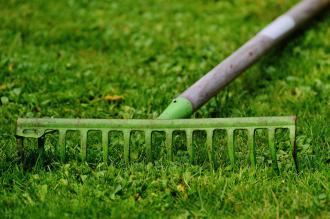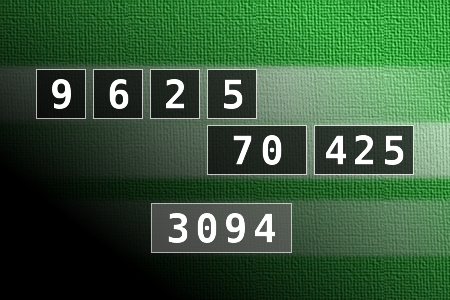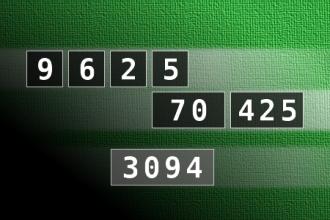Calculate the number 3094
NUMBERMANIA: Calculate the number 3094 using numbers [9, 6, 2, 5, 70, 425] and basic arithmetic operations (+, -, *, /). Each of the numbers can be used only once.Correct answers: 11
The first user who solved this task is Nílton Corrêa de Sousa.
#brainteasers #math #numbermania

Black eye...
One night a man stumbled into the police station with a black eye. He claimed he had heard a noise in his back yard and went to investigate. The next he knew, he was hit in the eye and knocked out cold.
An officer was sent to his house to investigate, and he returned 1 1/2 hours later with a black eye.
"Did you get hit by the same person?" his captain asked.
"No," he replied. "I stepped on the same rake."

